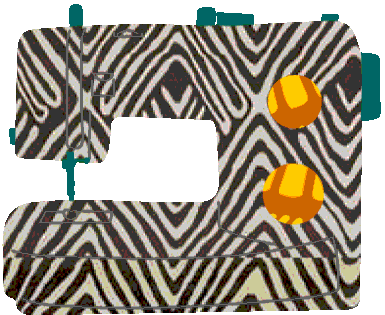Ban the trade of thrift in Africa: myth or reality
Thrift stores have been successful in the fashion industry for years. Due to economic conditions, they have long been favored by people with low purchasing power. This type of clothing then conquered a wider audience. So even within the middle class there are fans of second-hand clothes. Over the years, the thrift store has become a fully-fledged industry, with a whole distribution network in place. In many African cities, there are markets specializing in the sale of thrift stores.
Thrift stores are not a revolution in the way of consumption of Africans. However, they contribute to its renewal. But while most people seem to agree that it is a blessing, others believe it is not.
When the countries of East Africa fight back
More and more voices are rising to obstruct the thrift store. For some intellectuals, it isn't possible to want one thing and its opposite. According to them, there is often talk of making Africa more competitive in the fashion sector, but this will be impossible as long as there are second-hand clothes. They also think that there can be no competitiveness knowing that new clothes don't have the same value as thrift stores in terms of marketing strategy, production process or even cost management. Other intellectuals say that second-hand clothes have no marginal utility and that they only find a second life in Africa. It is unclear whether this is the kind of thinking that has prompted some African leaders, particularly those from East African countries, to take drastic measures against the thrift store trade. The fact remains that Tanzania, Uganda, Kenya and Rwanda have decided to phase out all imports linked to the second-hand clothing trade. Among other things, this was done to protect local designers and stylists.
After several attempts by the Americans to end it, nothing worked. USAID even offered an analysis showing the economic weight of thrift stores in East Africa. The sector would provide more than 350,000 jobs, allow more than a million inhabitants of this region to feed themselves, and it's a significant source of income for the State. But the leaders of these countries remained frozen in their decision.
What do fashion designers think?
Today, thrift stores are a way to stand out. People buy vintage outfits to have their own style, or to bring out their personality. Everything old-fashioned is vintage. Second-hand clothing is an important phenomenon in fashion. But for many African fashion designers, they must be banned. Thrift stores would be serious competitors for them. But to hope that the thrift store will disappear, the creators must first leave the informal side.
When asked if West Africa can do without the thrift store, the answer is uncertain. But if countries like Rwanda or Kenya have made it, it would mean that other countries could follow their example. Designers must learn to work together and formally if they hope to have an impact on government policy. However, this will not happen overnight, especially since the thrift store meets a basic need which is to dress. In addition, these are usually clothes that are of great use for certain occasions. On the other hand, it is not obvious that thrift stores succeed in dethroning the fashion sector one day. They are actually just a complement to current fashion. Everyone must be allowed to dress. And when you don't have a big shopping budget, hello vintage.
